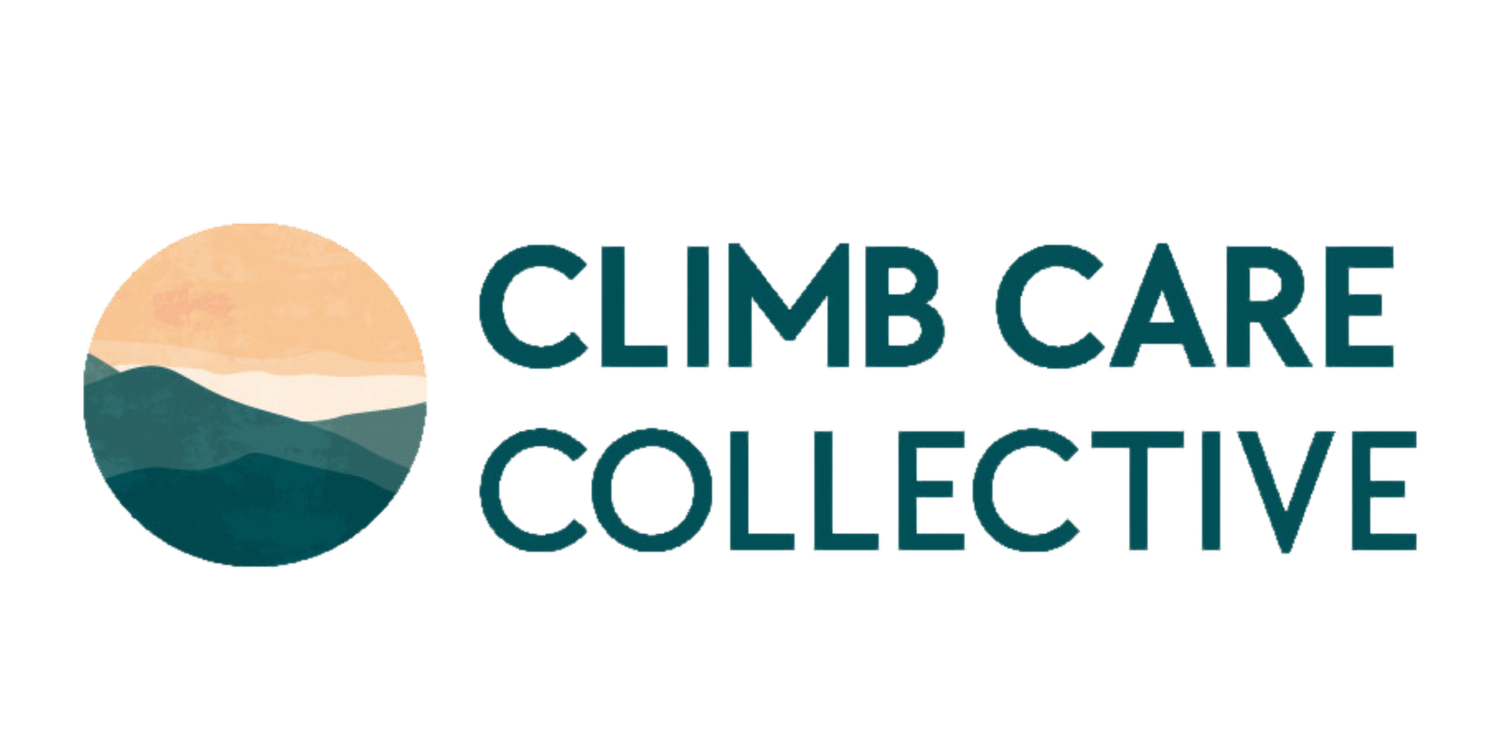Getting back to Bouldering after an an ankle injury
There are lots of considerations for your ankle rehab when planning your return to bouldering.
Ankle injuries are particularly challenging to recover from due to the demanding nature of movements involving our ankles on the wall:
Unexpected Falls: Bouldering can have unexpected falls onto mats from heights of up to 4 meters or more!
End Range Positions: Ankle mobility is crucial for executing toe and heel hooks, and maintaining tension in these positions while transitioning to the next move.
Stable Base for Dynos Take offs: A strong and stable ankle base is essential for explosive take-offs during dynos as well as for sticking the move once you get there
Precision Foot Placement: Climbers must stand on tiny footholds at various angles, demanding precise control from their ankles and endurance to stay up high on the foot
Balancing Act: Having confidence in balancing on volumes at various angles is key for slab and flat wall problems.
Working on balance with heels off during your ankle rehab is key for bouldering
To prepare your ankles for bouldering, it's helpful to design a training plan that works backward from the specific demands of climbing, some things that I think are important to consider are listed below:
1) Falling and Rolling: If big falls and jumps are expected, incorporate training for controlled falling and rolling before attempting them on the wall.
By knowing how to fall and roll well we can distribute the force from falling a lot more evenly throughout the body rather focusing it on 1 specific body part that meets the mats (don’t skip over this part!)
2) Extreme Range of Motion: For moves requiring extreme ranges of motion, focus on off-wall mobility exercises and strengthen your ankle in these positions before attempting them on the wall. I often see climbers reluctant to want to get into positions that are similar to how they rolled their ankle. However getting strong in the less comfortable positions of the ankle is crucial when returning to climbing.
3) Dynos: If you love dynos, train for dynamic movements off the wall and establish a gradual return plan for jumping and impact exercises. If you have spent some time away from climbing building back up to these explosive movements is key! Not only had your ankle likely not done dynos for a while but the rest of your body as well so we must recondition back to climbing gradually.
4) Tiny Foot Holds: Developing foot and ankle strength, is crucial for stability on small foot chips. Train these muscles to fatigue as during a climbing session you are weighting through your feet for up to several hours, so you need good endurance here at all angles of your foot.
5) Balance with a heel hover: To return to balancy slab problems is often the trickiest post an ankle injury. Getting comfortable with balancing from a hover position of the heel is key for bouldering as that’s what your foot will be doing on the wall.
These considerations can be a great starting point when beginning to rehab your ankle injury. By breaking down what’s required of the foot and ankle in climbing it becomes clear on what elements need to be included in your plan.
These recommendations are provided for educational purposes only and should not replace a consult with a physiotherapist to help assess and rehab your injury.

